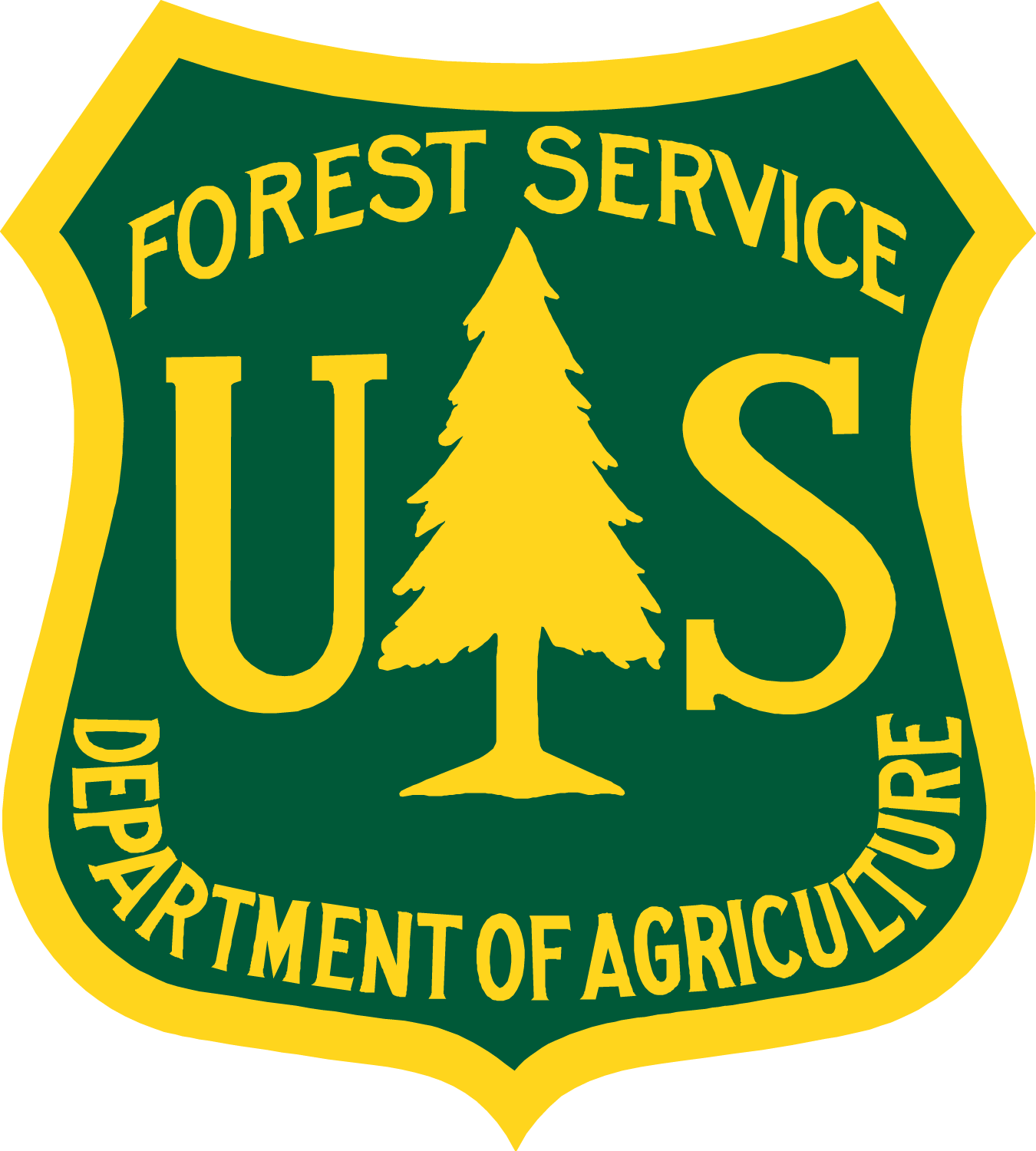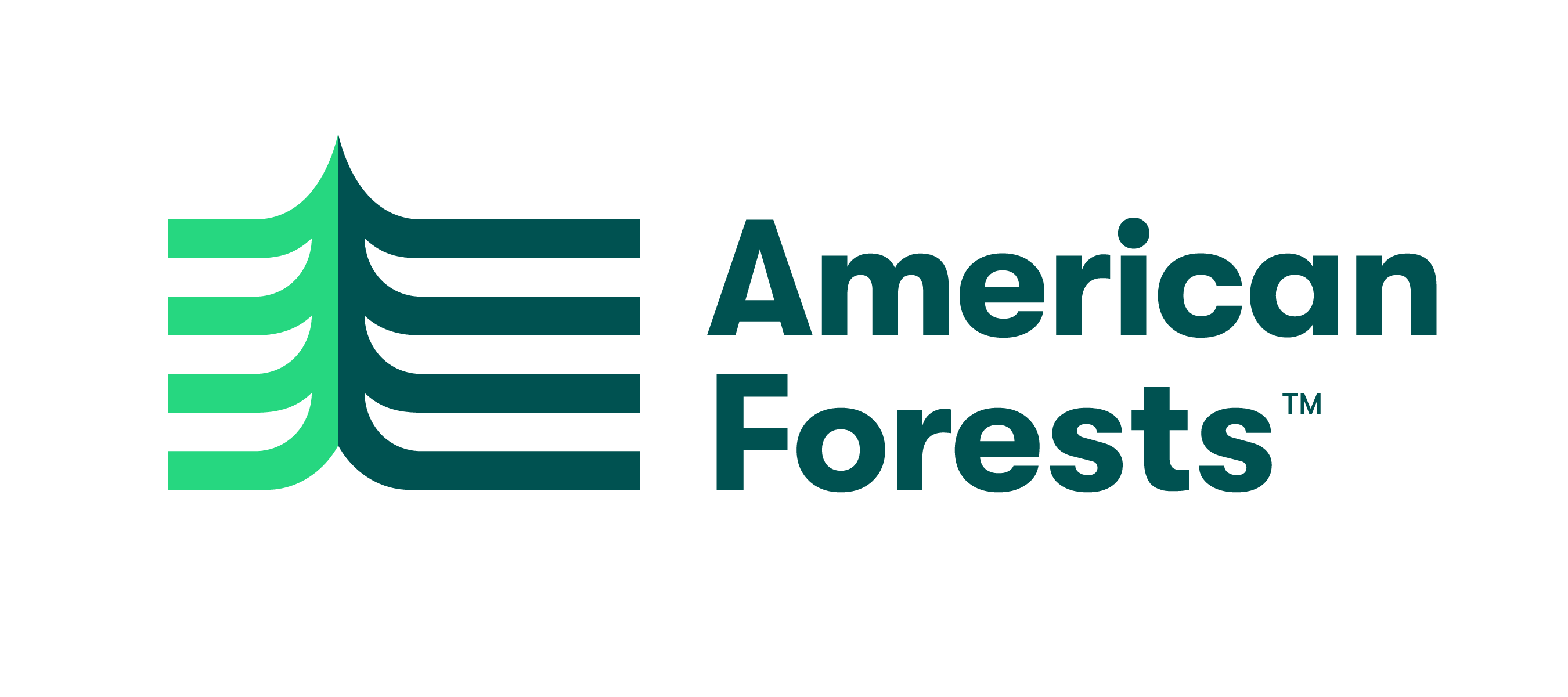Research Paper, Resource Library
In this study, investigators provide context of the equity implications of providing safe and inclusive outdoor spaces. The investigators dive…
Summary, White Paper
This informational brief – State forestry agencies work in partnership with the USDA Forest Service to provide critical assistance to…
Guides, Resource Library
Deep and persistent racism, segregation, disinvestment and devaluation have created chasms in health equity, economic mobility and overall outcomes for…
Popular Press, Report, Resource Library
A federal study assessing equity in government practices has identified major barriers preventing historically underserved communities from accessing benefits and…
Case Study
Providence Neighborhood Planting Program’s 2022 planting program aimed to foster community leadership without burdening neighbors with the responsibility of tree…
Case Study
In order to make a real impact on Tree Equity, Newport Tree Conservancy (NTC) remodeled their 2022 planting program by…
Resource Library
The American Public Health Association (APHA) and the Alliance for Disease Prevention and Response (Alliance), in collaboration with Community Commons,…
Popular Press
Leaders in many major US cities are approaching climate risk and social equity issues by rethinking public parks, guided by…
Research Paper
Tucson, Arizona is experiencing increased temperatures and changing precipitation patterns caused by the combustion of greenhouse gases. Planting drought-tolerant trees…
Popular Press
Community Resiliency Grant Program Promotes Equity and Sustainable Cities With Tree Planting in High-Need Urban Communities
Guides
This guide provides information on making the case for trees, nationally utilized urban forestry funding and policy mechanisms, as well…
Case Study
As public and private urban forest managers work in partnership to build a more equitable and robust urban forest, the Providence…
Popular Press
Trees bring enormous benefits to the communities where they grow. However, these benefits are not equitably distributed among communities. Instead,…
Methods
Tucson is located in the Sonoran Desert, 117 km north of the US-Mexico border. The borderland region is an area…
White Paper
This thoughtful and data-rich paper explores the issue of endemic long-term vacancies on urban neighborhoods and describes some of the…
White Paper
An early and incisive analysis of rethinking how communities approach the issue of wood waste: lose it [in landfills] or…
White Paper
This report explores the viability of investing in an urban wood processing center in the city of Baltimore. While the…
Research Paper
Yale University’s Samuel Center for Social Connectiveness has developed a comprehensive set of metrics by which cities can measure both…
Methods
Traditionally, conservation practitioners measure success in dollars, acres and biological diversity, and do not often consider factors related to community well-being.…
Methods
DC’s Urban Forestry Administration (UFA) is the keeper of Washington DC’s approximately 145,000 street trees and have created this map…
Research Paper
As highly managed ecosystems, urban areas should reflect the social characteristics of their managers, who are primarily residents. Since landscape…
Methods
Though focused on health, the strategies and approaches suggested would apply to any type of neighborhood engagement. Panelists included both…
Research Paper
The social, environmental, and economic benefits of urban trees can mitigate many negative aspects of the built environment. As such,…

